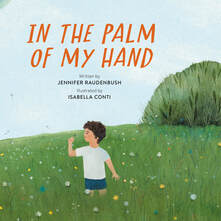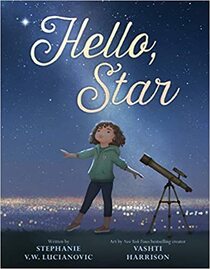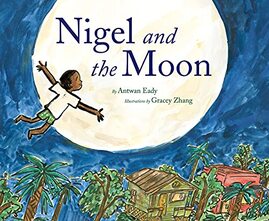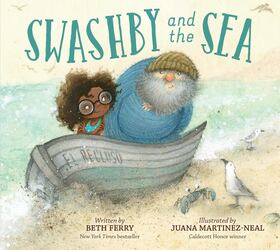 Earlier this year I was happy to participate in Lynne Marie's Mentor Text Mondays with a blog post on Finding Lyrical Layers in Picture Books. I hope you'll find it useful in both reading and writing lyrical stories. Finding Lyrical Layers in Picture Books By Jennifer Raudenbush Lyrical picture books are those in which the language evokes feelings. They are vivid, sensory experiences, which use figurative language (such as story- or character-specific similes and metaphors) to create emotional resonance. Importantly, lyrical texts have musicality. They sound like songs through literary devices, such as alliteration, assonance, consonance, rhythm, and repetition. Their song-like qualities engage children’s ears and increase “read-aloudability,” and, in my opinion, create magic! The sounds of language immerse readers in the experience of the story and draw them into its wonder. My favorite part of writing picture books is using poetic devices on the line level to make my words sing. I hope my words will help readers fall in love with the beauty of language. Below, I analyze the beginning pages of lyrical picture books to see how authors layer on lyricism. My debut picture book, IN THE PALM OF MY HAND, illustrated by Isabella Conti, which was published by Running Press Kids (Hachette), contains tons of literary devices. It begins: In the palm of my hand, I hold an acorn, small and round. Within it grows a forest. And within that forest towers an oak tree, tall and grand. A caterpillar climbs its trunk. I hope readers feel welcomed into the book with the quiet rhythm and soothing repetition of “within” and “forest.” The lines have a lyrical melody, created by the internal rhyme of “hand” and “grand,” “small” and “tall,” as well as assonance of the short /a/ sound. Consonance of /l/ throughout the stanzas also lends to its musical quality. The last line contains /k/ alliteration in “caterpillar climbs” and consonance in “trunk.” Finally, repetition of the structure NOUN + COMMA+ADJECTIVE+AND+ADJECTIVE adds to the passage’s songlike rhythm. In SWASHBY AND THE SEA, written by Beth Ferry, illustrated by Juana Martinez-Neal (Houghton Mifflin Harcourt, 2020), the initial spread features personification of the sea: Captain Swashby loved the sea. The sea and he had been friends for a long, long time. She knew him in and out, up and down, and better than anyone. These lines are rhythmic, mostly iambic meter, with internal rhyme and assonance that echo the back and forth pull of the sea: “bee” in “Swashby, “sea,” and “he.” There’s the assonance of “ah” in “Swashby” and “long,” and “ow” in “out” and “down.” I also like how Ferry uses the contrasting and playful “in and out” and “up and down” to show just how well the sea knows Captain Swashby, which is “better than anyone.” The structures and rhythms of these phrases match. HELLO, STAR by Stephanie V.W. Lucianovic, illustrated by Vashti Harrison (Little Brown and Company, 2021) begins: One winter night, a light shone in the dark sky, brighter than any star, brighter than any planet. Far, far away, a girl who was young and new and bright and strong was curious about the light. Let’s look at the devices that make it delicious to read aloud. The lines sing with the internal rhyming of “night,” “light,” and “bright.” Repetition of the phrase “brighter than” and the word “far” create sound echoes. I love the description of the girl using the one-syllable words “young,” “new,” “bright,” “strong” (words repeated later in the book) and connected by the repeating conjunction “and.” It creates a powerful cadence, which crescendos in her being “curious about the light,” a catalyst in the story. Lyricism also works great in picture books that aren’t predominantly lyrical, such as on the opening page of NIGEL AND THE MOON by Antwan Eady, illustrated by Gracey Zhang (Katherine Tegan Books/HarperCollins, 2022): At night, he tells the moon his dreams, and here, his dreams are safe. Do you hear the rhythm? It’s a solid pattern of unstressed-stressed syllables (iambic meter). Additionally, Eady repeats the phrase “his dreams,” creating an echoing, dreamy mood. I hope reading and analyzing lyrical picture books, such as these, will help you write your own lyrical masterpieces!
0 Comments
Leave a Reply. |
CategoriesAuthorJennifer Raudenbush Archives
August 2023
|




 RSS Feed
RSS Feed